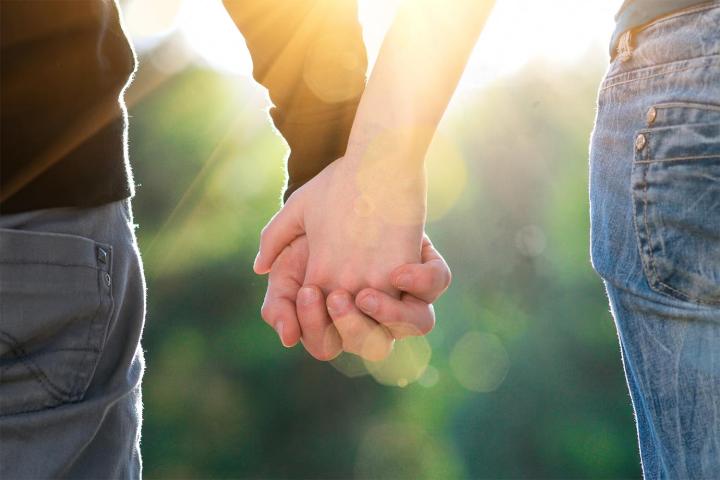
Where did you meet the person you love? Facebook probably knows.
Facebook doesn’t only use its vast reserves of information on its users to sell us stuff and intuit our behavior to help advertisers figure out how to sell us more stuff in the future (though, yeah, it does that a lot). The Facebook Data Science team also conducts research with personal data, and their most recent investigation looked at how likely it was for Facebook users to find their long-term partners during college or university. Researchers Sofus Attila Macskassy and Lada Adamic looked at users 25 and older who list their alma maters and spouses to see if Facebook data could convey new information about relationships. And while it’s not surprising, the research confirmed how often relationships begin across campuses and classrooms.
15 percent of Facebook users went to the same high school as their partner.

Facebook created a map to show where it was most likely for users to meet their spouses in high school, with red standing for most likely and blue for least likely. As the map shows, bigger cities like Los Angeles and New York cultivate environments where you’re less likely to meet the Corey to your Topanga.
Approximately 28 percent of college graduates listing themselves as married got hitched to someone from the same school.

If you’re trying to figure out where to go to find a spouse from the same college, the answer is different for heterosexual men and women.
You’d think that certain schools just encouraged marriage more than others, and that’s true to an extent — when compiling the lists of the top 25 schools for meeting your spouse, the majority of places topping the lists for both men and women had religious affiliations. But since male-to-female gender ratios differ, men have better luck at some schools and women at others. And even though the researchers didn’t make a distinction between heterosexual and homosexual couples, the overwhelming majority of Facebook users who listed both their marriage partner and their schools were heterosexual, so there’s no data point for where queer Facebook users found their partners.
For heterosexual women, going to a religious school with way more men than women seems the ticket to finding a partner: The Rose-Hulman Institute of Technology, which is 88 percent male, was the most likely place for female alumni to partner with male alumni. For men, the gender ratio is less important, and the Faith Baptist Bible College and Theological Seminary was the place with the highest rate of marrying a fellow female alumnus. Why this difference? The data team didn’t have an answer.
This research raises a lot of questions — how many of these couples actually met at college, and how many met later through the college network? Which colleges have the lowest marriage rates? Which ones have the highest divorce rates? This study could serve as a strong jumping off point for additional research.
